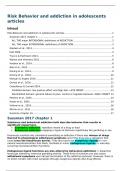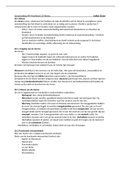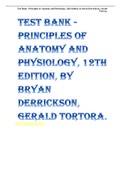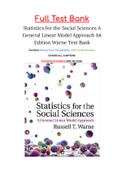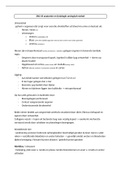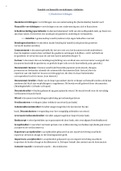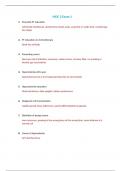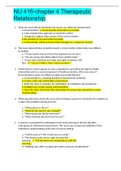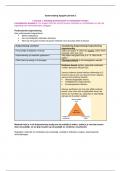Samenvatting
COMPLETE SUMMARY of ALL articles for RISK BEHAVIOR and ADDICTION in ADOLESCENCE 2024/2025
This document contains a extensive summary of ALL articles you need to study for the risk behavior and addiction in adolescence exam for the 2024/2025 course of ISW/Psychology. i got a 8,8 for the test :)
[Meer zien]
